- Importance of Selecting the Right Gladiolus Bulbs
- Factors to Consider When Choosing Gladiolus Bulbs
- Understanding Different Gladiolus Bulb Varieties
- 1. Nanus Varieties
- 2. Grandiflorus Varieties
- 3. Primulinus Varieties
- 4. Byzantinus Varieties
- 5. Acidanthera Varieties
- How to Inspect Gladiolus Bulbs for Quality
- 1. Size and Firmness
- 2. Skin Condition
- 3. Color
- 4. Sprouting
- 5. Bulbil Presence
- Tips for Buying Gladiolus Bulbs Online
- Proper Storage and Care of Gladiolus Bulbs
- 1. Digging and Cleaning
- 2. Drying
- 3. Sorting and Inspecting
- 4. Storage Containers
- 5. Storage Conditions
- 6. Monitoring
- 7. Preparing for Planting
- Common Mistakes to Avoid When Selecting Gladiolus Bulbs
- Questions and Answers:
- What are gladiolus bulbs?
- When is the best time to plant gladiolus bulbs?
- How deep should I plant gladiolus bulbs?
- What are some tips for selecting gladiolus bulbs?
- How should I store gladiolus bulbs?
- Can gladiolus bulbs be grown in containers or pots?
- Are gladiolus bulbs winter hardy?
- Videos: How to Plant, Grow n Care for Gladiolus Bulbs or Corms [The Complete Guide]
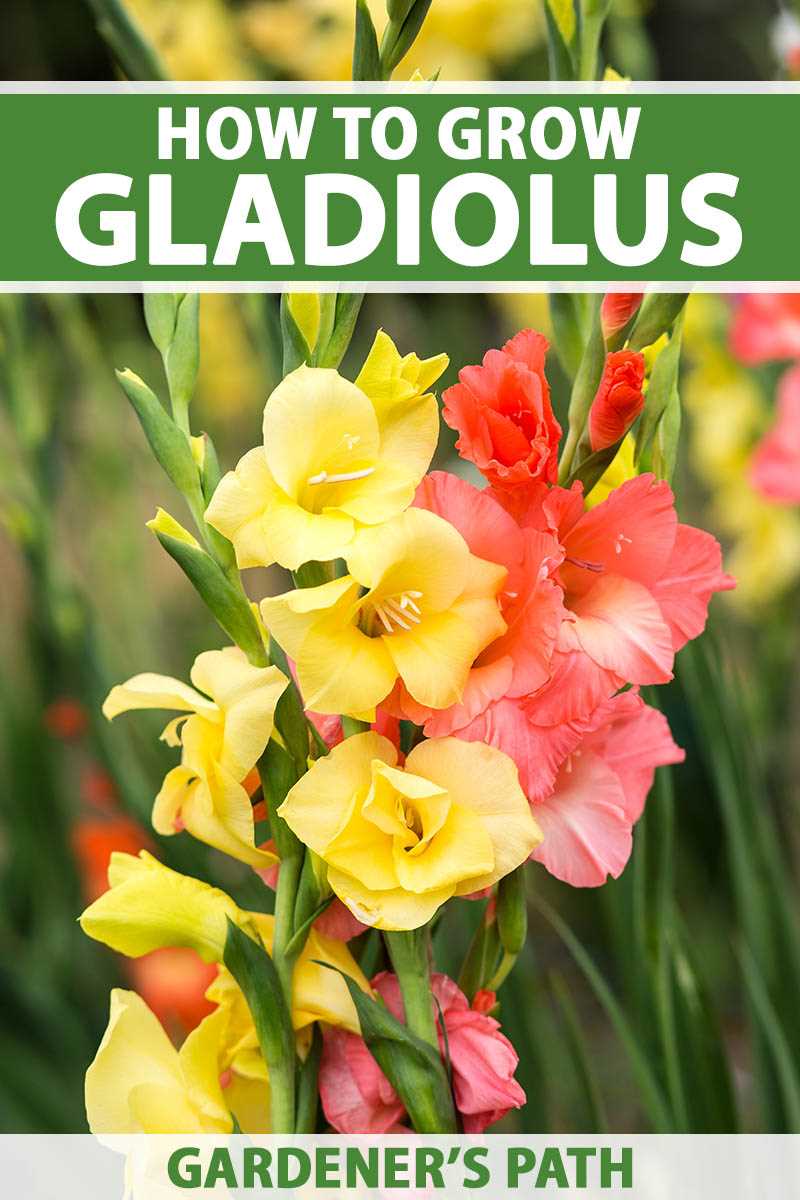
Gladiolus is a beautiful flowering plant that is often admired for its tall, elegant stems and vibrant colors. These flowers are commonly found in gardens and floral arrangements, as they add a touch of beauty and sophistication. However, when it comes to selecting gladiolus bulbs, the process can be overwhelming. With so many varieties and options available, it can be difficult to know where to start. This comprehensive guide aims to simplify the process, providing a cheat sheet to help you select the perfect gladiolus bulbs for your garden.
First and foremost, it’s important to understand that gladiolus bulbs come in a wide range of colors and sizes. From deep reds and purples to soft pinks and yellows, there is a gladiolus for every taste and preference. Additionally, the size of the bulbs can vary, with larger bulbs generally producing bigger and more plentiful blooms.
When selecting gladiolus bulbs, it’s crucial to choose bulbs that are firm and free from any signs of rot or mold. An ideal bulb should feel solid and heavy in your hand. Avoid bulbs that are soft or mushy, as this indicates decay.
Another important factor to consider is the bulb’s sprouting rate. Look for bulbs that have a higher sprouting rate, as this indicates a healthier and more productive plant. Bulbs with multiple sprouts are also desirable, as they can produce multiple stems and blooms, creating a more dramatic and impressive display.
In conclusion, selecting gladiolus bulbs doesn’t have to be a daunting task. By considering factors such as color, size, condition, and sprouting rate, you can ensure that you choose bulbs that will thrive and bring joy to your garden. So, grab your cheat sheet and start selecting the perfect gladiolus bulbs for a stunning floral display!
Importance of Selecting the Right Gladiolus Bulbs
When it comes to growing gladiolus, selecting the right bulbs is of utmost importance. The bulbs you choose will directly impact the quality and success of your gladiolus blooms. Here are a few reasons why selecting the right gladiolus bulbs is so important:
- Better Blooms: Choosing high-quality gladiolus bulbs ensures that you will get bigger, brighter, and more vibrant blooms. These bulbs have been carefully selected and are likely to produce the most impressive flowers.
- Healthy Plants: The quality of the bulbs directly affects the health of the gladiolus plants. Opting for bulbs that are free from disease and damage will give your plants a better chance of growing strong and staying healthy throughout the season.
- Increased Success Rate: By choosing the right bulbs, you increase the likelihood of successfully growing gladiolus. Bulbs that are of poor quality or already compromised in some way are more likely to fail to sprout, resulting in wasted time and effort on your part.
- More Options: Selecting gladiolus bulbs from reputable suppliers gives you access to a wider variety of options. This allows you to experiment with different colors, sizes, and varieties, so you can create stunning flower arrangements and enjoy a diverse garden.
Overall, taking the time to select the right gladiolus bulbs will pay off in terms of stunning blooms, healthy plants, and a higher success rate with growing these beautiful flowers. So, don’t rush the selection process and choose your bulbs wisely!
Factors to Consider When Choosing Gladiolus Bulbs
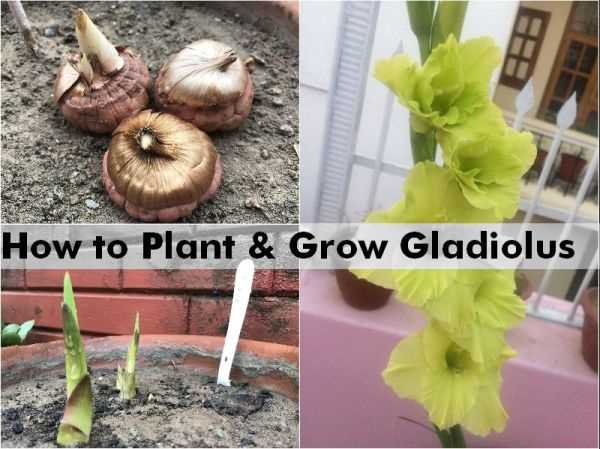

- Size: Consider the size of the bulbs when selecting gladiolus. Larger bulbs generally produce larger and more robust flowers.
- Quality: Look for bulbs that are firm and free of any signs of rot or damage. Healthy bulbs will have a solid weight and feel resilient when gently squeezed.
- Color: Consider the color of the gladiolus flowers you desire. Gladiolus bulbs come in a wide range of colors, so choose based on your personal preferences or the color scheme of your garden.
- Species: There are various species of gladiolus, each with their own unique characteristics. Research different species to determine which ones will thrive in your growing conditions and produce the desired flowers.
- Blooming Time: Gladiolus bulbs have different blooming times, so consider when you want the flowers to bloom. Some varieties bloom earlier in the season, while others bloom later. Plan accordingly to create a continuous display of gladiolus blooms.
- Quantity: Decide how many gladiolus bulbs you need based on the size of your garden or the area you want to fill with these flowers. Smaller spaces may require fewer bulbs, while larger spaces may benefit from a greater quantity.
- Price: Consider the price of the gladiolus bulbs. Higher quality and larger bulbs may be more expensive, but they often produce better results. Take into account your budget and the value you place on growing healthy and beautiful gladiolus flowers.
- Supplier: Choose a reputable supplier when purchasing gladiolus bulbs. Look for suppliers with positive reviews and a history of providing high-quality bulbs. A reliable supplier will have bulbs that are properly stored, labeled, and shipped to ensure their freshness and viability.
Understanding Different Gladiolus Bulb Varieties
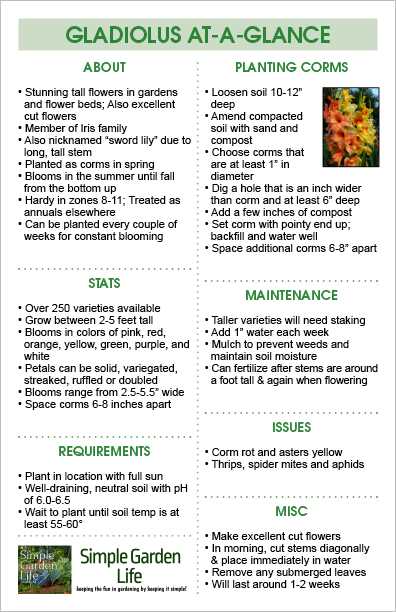

Gladiolus bulbs come in a variety of shapes, sizes, and colors, making them a popular choice among gardeners. Understanding the different varieties of gladiolus bulbs will help you make an informed decision when selecting the bulbs for your garden. Here are some of the most common gladiolus bulb varieties:
1. Nanus Varieties
Nanus varieties of gladiolus bulbs are known for their smaller size and delicate appearance. They typically produce smaller flowers in shades of pink, white, and purple. Nanus varieties are great for adding a touch of elegance to borders, rock gardens, and containers.
2. Grandiflorus Varieties
Grandiflorus varieties of gladiolus bulbs are known for their large and showy flowers. They come in a wide range of colors, including red, yellow, orange, and bi-colors. Grandiflorus varieties are perfect for creating eye-catching displays in flower beds and bouquets.
3. Primulinus Varieties
Primulinus varieties of gladiolus bulbs are prized for their unique flowers with ruffled petals. They come in shades of yellow, orange, and pink, often with contrasting markings or speckles. Primulinus varieties add a touch of whimsy and charm to any garden.
4. Byzantinus Varieties
Byzantinus varieties of gladiolus bulbs are known for their vibrant magenta-colored flowers. They are often used as a focal point in gardens and can create a striking contrast against green foliage. Byzantinus varieties are perfect for adding a pop of color to any landscape.
5. Acidanthera Varieties
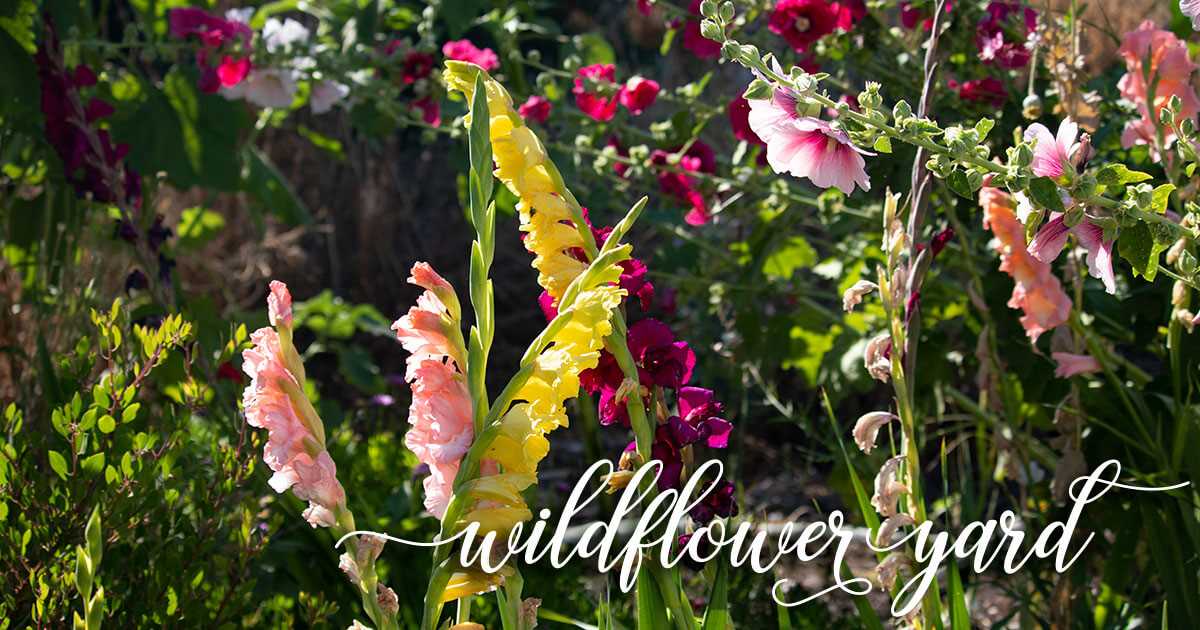

Acidanthera varieties of gladiolus bulbs are sought after for their fragrant white flowers with purple markings. They are often grown for their exquisite scent and are perfect for adding a sensory experience to your garden. Acidanthera varieties are a great choice for gardeners who love fragrance.
| Variety | Flower Size | Color Range | Special Features |
|---|---|---|---|
| Nanus | Smaller | Pink, White, Purple | Elegant, Delicate |
| Grandiflorus | Large | Various Colors | Showy, Eye-catching |
| Primulinus | Medium | Yellow, Orange, Pink | Ruffled Petals, Whimsical |
| Byzantinus | Medium | Magenta | Focal Point, Striking Color |
| Acidanthera | Medium | White with Purple | Fragrant, Sensory Experience |
When selecting gladiolus bulbs, consider your garden’s overall aesthetic and the specific features you desire. Remember that different varieties have different care requirements, so be sure to choose bulbs that are suitable for your garden’s growing conditions. With the right selection, you can enjoy a stunning display of gladiolus blooms throughout the summer season.
How to Inspect Gladiolus Bulbs for Quality
1. Size and Firmness
When inspecting gladiolus bulbs, one of the first things to look for is their size and firmness. High-quality bulbs should be plump and firm to the touch. Avoid bulbs that are soft, mushy, or wrinkled, as these may indicate damage or disease.
2. Skin Condition
The condition of the bulb’s skin is another important indicator of its quality. Look for bulbs that have smooth, intact skins without any signs of bruising or blemishes. Avoid bulbs that have cracked or damaged skin, as this can lead to potential disease or rot.
3. Color
Gladiolus bulbs come in a variety of colors, ranging from white and yellow to vibrant shades of red and purple. Choose bulbs that have a consistent and vibrant color. Avoid bulbs that have faded or discolored, as this may indicate aging or poor quality.
4. Sprouting
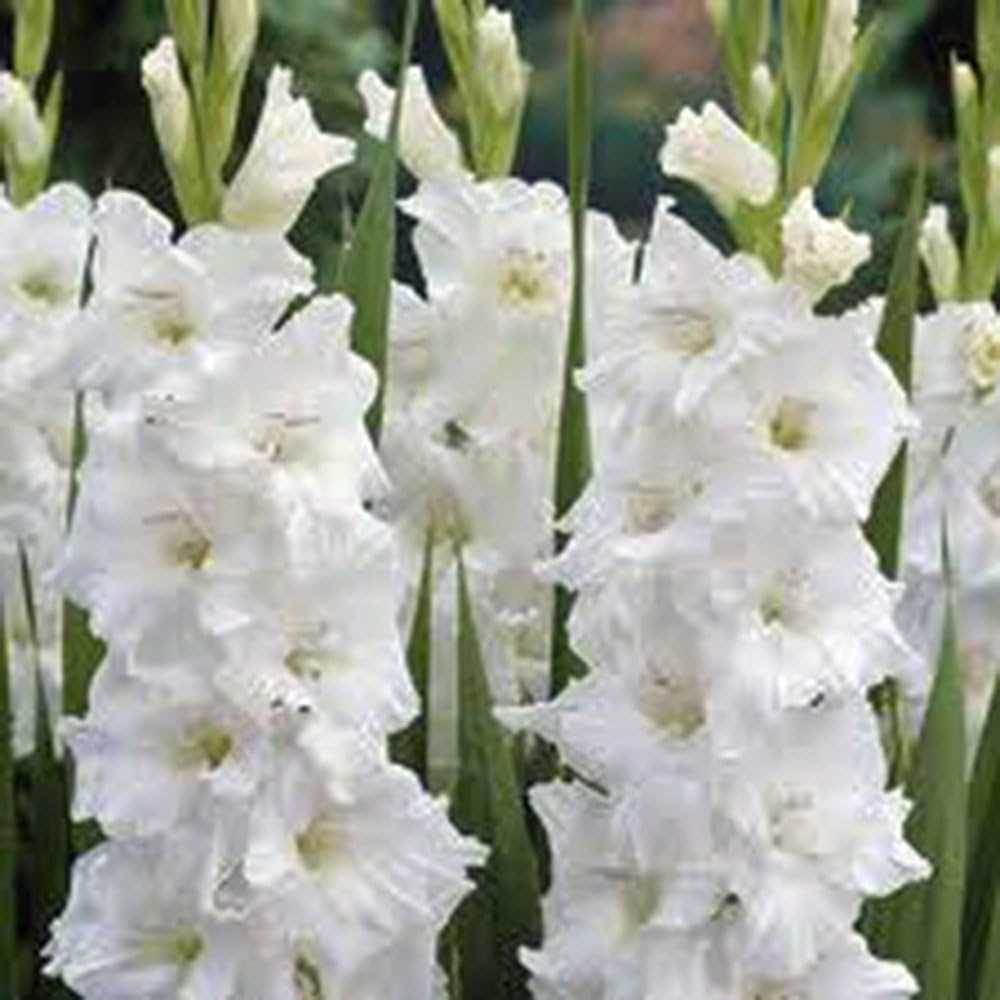

While some sprouting or growing shoots may be normal, excessive sprouting can be a sign of bulbs that have been stored improperly or for too long. Look for bulbs that have one or two healthy sprouts emerging from the growing point. Avoid bulbs that have numerous weak or elongated sprouts, as these may not produce strong and healthy plants.
5. Bulbil Presence
Gladiolus bulbs can sometimes produce small bulbils, which are miniature bulbs that grow along with the main bulb. These bulbils can be removed or left on the main bulb. Choose bulbs that do not have excessive bulbils, as they can divert energy from the main bulb and affect its size and quality.
By carefully inspecting gladiolus bulbs for size, firmness, skin condition, color, sprouting, and bulbil presence, you can ensure that you select high-quality bulbs that will yield healthy and vibrant gladiolus plants.
Tips for Buying Gladiolus Bulbs Online
- Research reputable sellers: Before making a purchase, spend time researching different online sellers to ensure they have a good reputation for selling quality gladiolus bulbs.
- Read customer reviews: Take the time to read customer reviews and ratings for the seller you are considering. This will give you a good idea of the quality of the bulbs and the seller’s customer service.
- Check bulb sizes: Pay attention to the size of the bulbs being sold. Larger bulbs tend to produce bigger and more robust gladiolus plants.
- Look for healthy bulbs: Make sure the bulbs you are purchasing appear healthy and free from any signs of disease or damage. Avoid bulbs that feel soft or show signs of mold.
- Consider the variety: There are many different varieties of gladiolus bulbs available online. Consider your preferences for color, height, and bloom time when selecting the variety.
- Compare prices: Shop around and compare prices from different online sellers to ensure you are getting a fair price for the gladiolus bulbs.
- Check shipping policies: Review the seller’s shipping policies before making a purchase. Ensure they ship to your location and that they use appropriate packaging to protect the bulbs during transit.
- Consider bulb storage: If you are not ready to plant the bulbs immediately, check if the seller provides instructions for proper bulb storage. Gladiolus bulbs should be stored in a cool, dry place until ready for planting.
- Consider bundled deals: Some sellers offer bundled deals where you can purchase multiple varieties of gladiolus bulbs at a discounted price. This can be a great opportunity to try out different varieties in your garden.
- Read the product description: Be sure to closely read the product description for each listing to understand the quantity of bulbs being sold, the variety, and any other important details.
Proper Storage and Care of Gladiolus Bulbs
Proper storage and care of gladiolus bulbs is crucial in order to ensure their health and vitality. Here are some tips to help you store and care for your gladiolus bulbs:
1. Digging and Cleaning
- Gently dig up the gladiolus bulbs after the foliage has turned yellow and died back.
- Use a fork or shovel to carefully lift the bulbs out of the ground, being careful not to damage them.
- Remove any excess soil from the bulbs, but do not wash them as this can remove their protective outer layer.
2. Drying
- Place the bulbs in a cool, dry, and well-ventilated location to allow them to dry.
- Avoid exposing the bulbs to direct sunlight, as this can cause them to dry out too quickly.
- Allow the bulbs to dry for approximately one to two weeks, or until the outer skin becomes papery and the roots shrivel.
3. Sorting and Inspecting
- Once the bulbs are dry, carefully sort through them and discard any that are damaged or diseased.
- Inspect the remaining bulbs for any signs of rot or pest infestation, and discard any affected bulbs.
- Separate the bulbs by size, with larger bulbs being more likely to produce larger and more vigorous plants.
4. Storage Containers
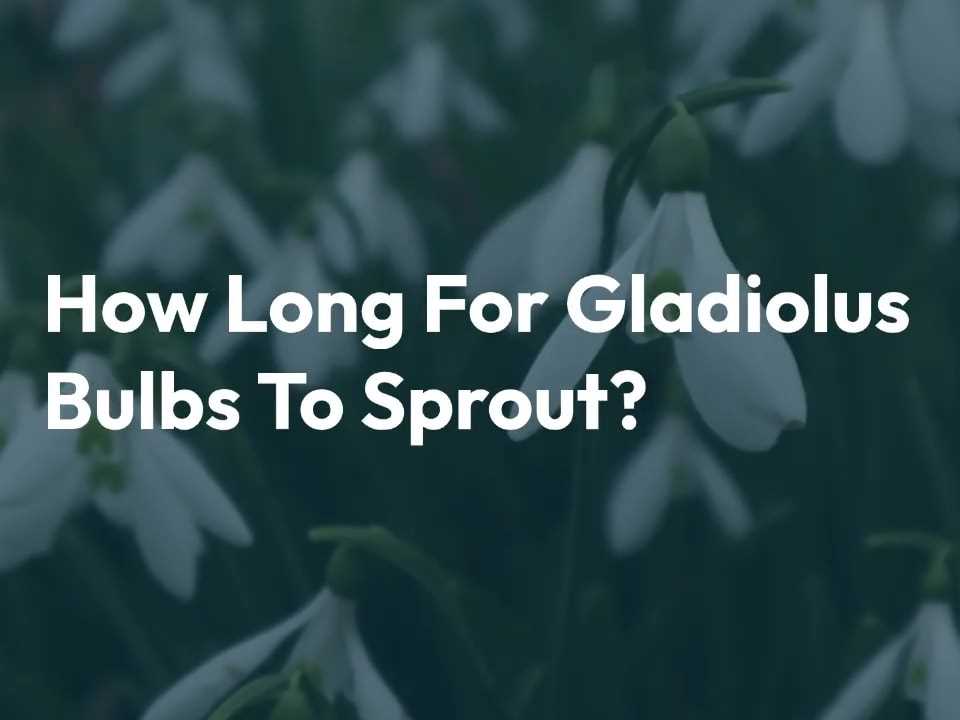

- Choose a suitable storage container for the gladiolus bulbs, such as a mesh bag or a cardboard box with ventilation holes.
- Avoid using plastic bags or containers that can trap moisture, as this can lead to rot.
5. Storage Conditions
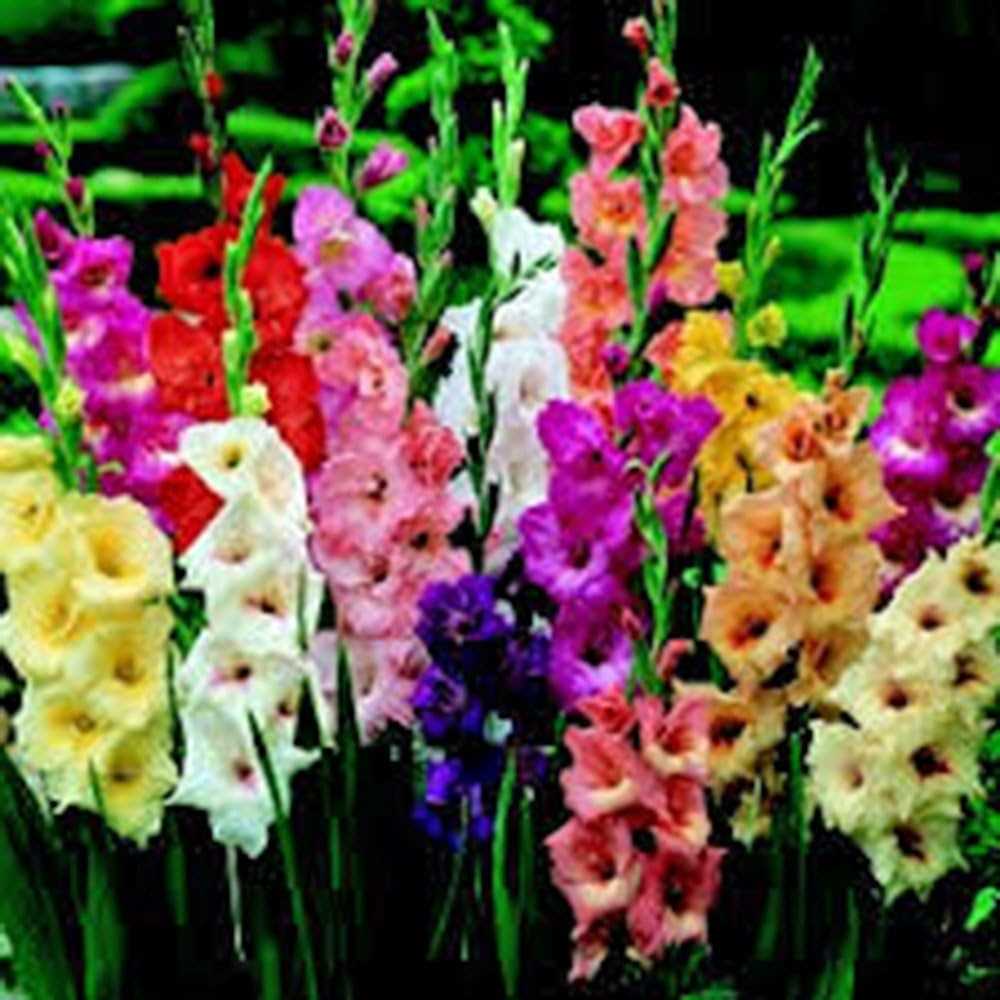

- Store the bulbs in a cool, dry, and dark location with a constant temperature between 35°F and 50°F (1.5°C and 10°C).
- Avoid storing the bulbs near fruits or vegetables, as they release ethylene gas which can cause the bulbs to deteriorate.
6. Monitoring
- Regularly check on the bulbs during storage to ensure they remain firm and healthy.
- Discard any bulbs that show signs of decay or disease.
7. Preparing for Planting
- Several weeks before the desired planting date, remove the gladiolus bulbs from storage and allow them to acclimate to room temperature.
- Inspect the bulbs again for any signs of damage or disease, and discard any affected bulbs.
- Prepare the planting beds by loosening the soil and incorporating organic matter.
By following these storage and care guidelines, you can ensure that your gladiolus bulbs remain healthy and vibrant, resulting in beautiful blooms when they are planted.
Common Mistakes to Avoid When Selecting Gladiolus Bulbs
When selecting gladiolus bulbs for your garden, it is important to avoid the following common mistakes:
- Choosing bulbs that are too small: Small bulbs may not have enough stored energy to produce strong and healthy plants. Look for bulbs that are at least 1.5 to 2 inches in diameter.
- Opting for bulbs with visible damage: Bulbs with cuts, bruises, or soft spots are more likely to rot or fail to grow properly. Inspect bulbs carefully and choose ones that are firm and free of any visible damage.
- Ignoring bulb variety: Gladiolus bulbs come in a wide range of colors and varieties. Consider the specific needs and preferences of your garden and choose bulbs that will complement your existing plants or color scheme.
- Forgetting about bloom time: Gladiolus bulbs can have different bloom times, ranging from early summer to late summer. Make sure to choose bulbs that will bloom at a time that suits your garden and that will provide continuous blooming if desired.
- Not considering bulb spacing: Gladiolus plants require proper spacing to grow and bloom effectively. Check the recommended spacing for the variety you choose and make sure you have enough space in your garden for them to thrive.
- Neglecting bulb storage requirements: If you are not planting the bulbs immediately, it is important to store them properly. Gladiolus bulbs should be kept in a cool, dry, and well-ventilated area until planting.
- Choosing bulbs with signs of disease or pests: Inspect bulbs for any signs of disease, such as mold, mildew, or discoloration. Avoid bulbs with visible signs of pests, such as holes or chew marks.
By avoiding these common mistakes, you can ensure that the gladiolus bulbs you select will lead to beautiful and thriving plants in your garden.
Questions and Answers:
What are gladiolus bulbs?
Gladiolus bulbs are the underground storage structures of the gladiolus plant, similar to other bulbs such as tulips or daffodils. These bulbs contain nutrients and energy that the plant needs to grow and bloom.
When is the best time to plant gladiolus bulbs?
The best time to plant gladiolus bulbs is in the spring, after the danger of frost has passed and the soil has warmed up. This is usually around late April or early May, depending on your location.
How deep should I plant gladiolus bulbs?
Gladiolus bulbs should be planted about 4-6 inches deep. Planting them too shallow can cause them to be more susceptible to damage from frost or cold temperatures, while planting them too deep may prevent them from emerging and blooming.
What are some tips for selecting gladiolus bulbs?
When selecting gladiolus bulbs, look for bulbs that are firm and plump. Avoid bulbs that are soft, shriveled, or have any signs of rot. Ideally, choose bulbs that have a sprout already emerging, as these are more likely to grow and bloom successfully.
How should I store gladiolus bulbs?
After digging up gladiolus bulbs in the fall, they should be cleaned and dried before storing. Remove any excess soil and let the bulbs air dry for a few days. Then, store them in a cool, dry place such as a basement or garage, where the temperature is consistently around 40-50°F (4-10°C).
Can gladiolus bulbs be grown in containers or pots?
Yes, gladiolus bulbs can be grown in containers or pots. Choose a container that is at least 10-12 inches deep to allow for proper root development. Fill the container with well-draining potting soil and plant the bulbs as you would in the ground. Water them regularly and make sure they receive full sun.
Are gladiolus bulbs winter hardy?
Gladiolus bulbs are not winter hardy in most climates, unless you live in a region with mild winters. In colder climates, it is necessary to dig up the bulbs in the fall and store them indoors for the winter. This helps protect them from frost and freezing temperatures that can damage or kill the bulbs.







